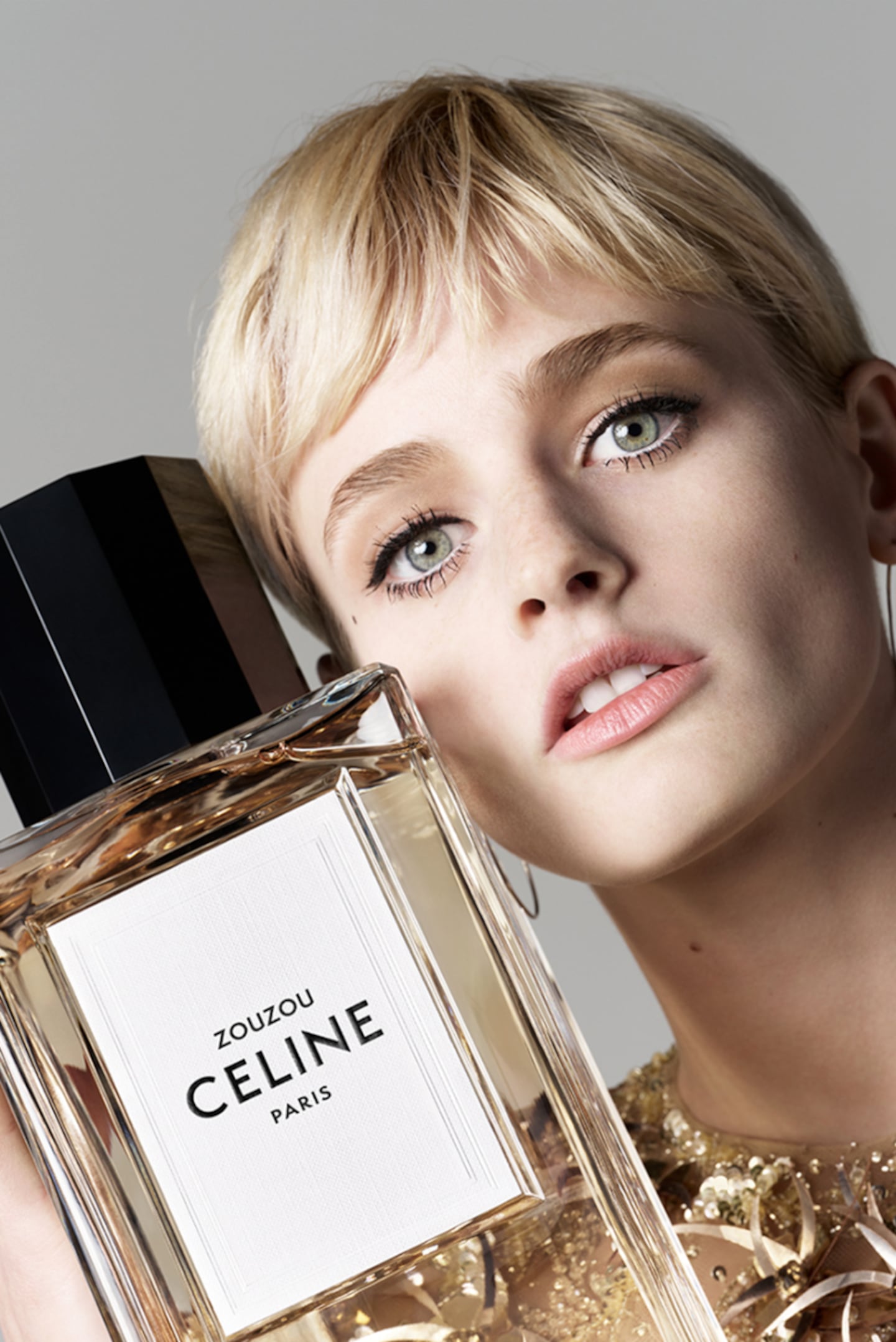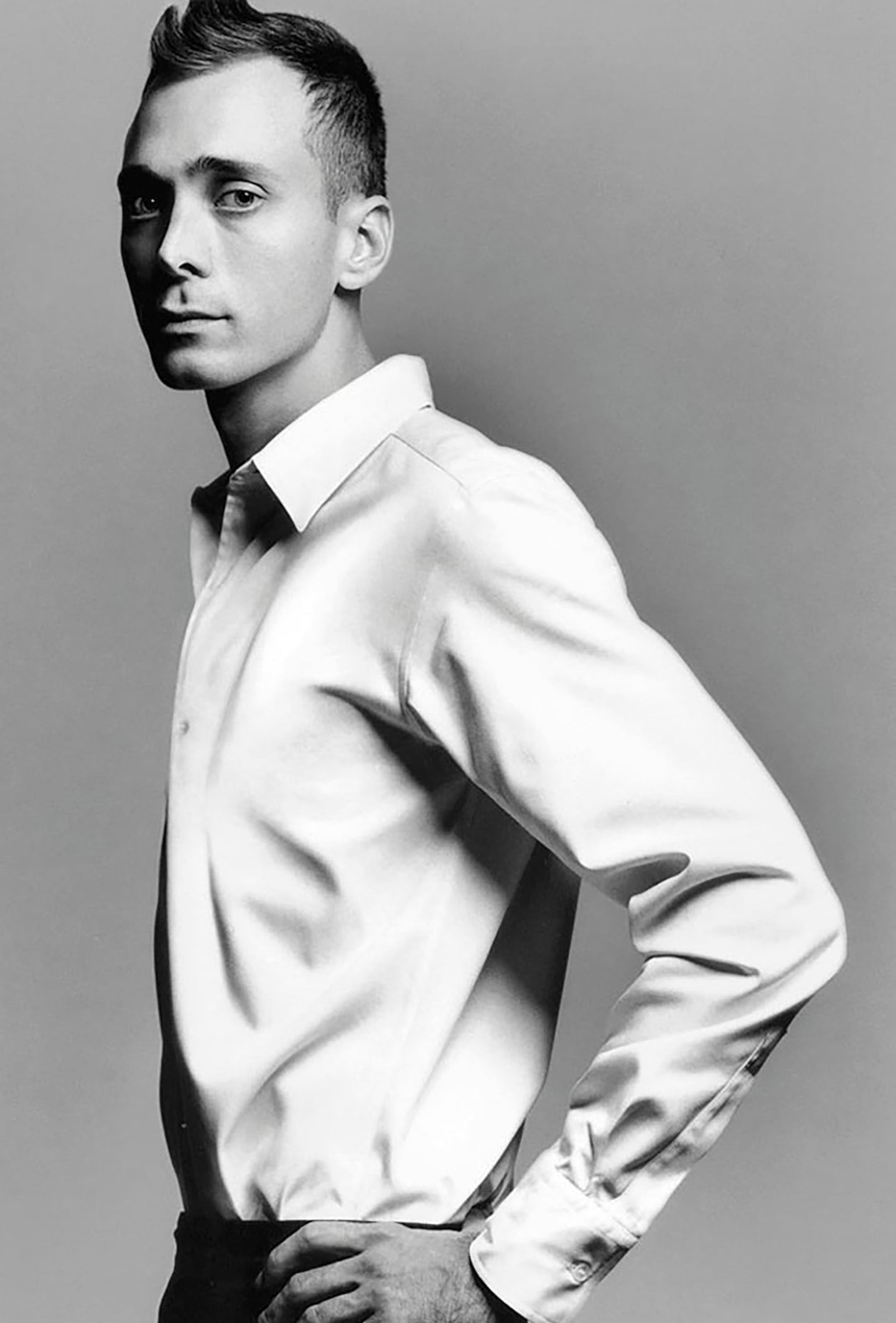By
IMRAN AMED
26 April 2024
BoF PROFESSIONAL
The Other Side of Hedi Slimane
The designer has always been an arch perfectionist, a quality that has been central to his success but which clashes with the demands on creative directors today, writes Imran Amed.
Hedi Slimane, creative, artistic and image director of Celine. (Courtesy)
LONDON — Back in March 2018, I sat down with Hedi Slimane in Los Angeles for a private dinner, just two months after he was appointed creative, artistic and image director of Celine. When I arrived at Craig’s in West Hollywood, Hedi was already there, dressed in his signature skinny tailoring.
This week on BoF, Robert Williams reported that
he may be leaving Celine, now the third largest fashion brand at LVMH with around €2.5 billion in revenue, and revealed that one of the sticking points in the “thorny contract negotiations” has been about Hedi’s need for control around communication and his lack of willingness to engage with the fashion media. These characteristics can clash with the demands of the job of a creative director, which increasingly requires a level of openness Hedi has never been comfortable with.
Our rendezvous in Los Angeles was not for a formal interview, just an opportunity to get to know each other. I had never met Hedi before, but he had a reputation of being reclusive and shy. I had been an admirer long before I worked in fashion, from the time when he took the industry by storm at Dior Homme between 2000 and 2007. This was an opportunity to meet one of fashion’s biggest and most elusive stars, the man who popularised the hugely influential and widely copied skinny silhouette, an aesthetic which he remains committed to up until today.
At Dior, Hedi built a devoted fan following — known as the “Slimaniacs” — that is rare for a fashion designer. Even Karl Lagerfeld famously shed his weight so he could fit into Hedi’s slim Dior Homme suits. One of my most treasured wardrobe items from that era is a beautifully cut stone grey peacoat which I bought from Browns on South Molton Street in London. They had a special selection of items in
petites tailles, made for small people like me and also for a legion of female fans who wanted the Hedi look: the ultimate in
haute bourgeois Parisian chic.
After years of wearing this coat, the wool is fraying a bit, but it is still in good condition. I will never throw it away. Whenever I wear it, I feel strong and confident.
Hedi and I didn’t know each other when we met that night in Los Angeles, but we had a bit of history. Five years after Hedi surprised the fashion world and left Dior Homme, he became creative and image director of Yves Saint Laurent. I had a
run-in with the Saint Laurent PR team, who took a heavy-handed approach to control the narrative around Hedi’s rebranding of the historic house. As a result, both the respected fashion critic Cathy Horyn and I were banned from his first Saint Laurent show. Hedi went on to transform Saint Laurent into a billion-dollar business for Kering.
But all of that seemed to be in the past. To be invited to have dinner with Hedi was an olive branch, and an opportunity to get to know a designer I really admired. Over Caesar salad, beef brisket and post-dinner espresso and chamomile tea, we got to know each other as human beings. Throughout our conversation, Hedi was compelling, curious and engaging. We didn’t talk much about fashion, per se. We talked about life in Los Angeles, about recent work BoF had done on topics related to gender identity and disability, about surfing and Donald Trump.
As it was off the record, I can’t share much here, but suffice to say he had lots of questions and so did I. Before we knew it, two and half hours had passed. I left with quite a different impression of Hedi Slimane from the way he was portrayed in the media. I’m sure he is a challenging boss, and that his exacting standards can be exhausting, but it is these same qualities that have contributed to his undeniable success.
Hedi hasn’t done an interview in ages, since BoF contributor Laurence Benaim
interviewed him for Le Figaro in 2018. He does have an Instagram account with 371 thousand followers featuring his all black and white photography, but he follows no one and hasn’t posted anything since July 2023. The perfectly architected Celine Instagram account has 7 million followers; it also follows no one. Neither account has comments enabled.
When a designer doesn’t talk, people fill that vacuum with speculation and rumour, and in some ways that can do them a disservice. It hasn’t prevented Hedi from being wildly successful, but it has prevented people from getting to know him in an age when authenticity and transparency are prized attributes, and can even be the engine for business success. For better or worse, consumer-facing fashion shows, social media and cultural marketing that reaches a diverse, global audience have become part of a creative director’s job. None of these have been a priority for Hedi.
Designers like Simon Porte Jacquemus and Jonathan Anderson have built sizable businesses on their ability to engage with fans and customers online. Simon is super engaging in person, and he has an online personality to match. This week, he shared a photo of the twins named Mia and Sun that he and his partner Marco brought into the world, showing their names written on hospital tags in all-caps on their tiny adorable wrists. At the time of writing, that one post has received
738,000 likes on Instagram. You don’t see engagement like that for almost any fashion designer.
As for Jonathan, another one of the industry’s most celebrated designers, who earlier this month was named to the Time 100 list of the world’s most influential people, he created his own social media moments this week. Jonathan is perhaps better than any other designer in finding a way to balance high-fashion aesthetics with approachable marketing communications embedded in contemporary culture. He has a knack for creating recognisable fashion items using everyday moments.
Most culture watchers will not have missed the avalanche of coverage and conversation about his turn at costume design for Zendaya’s new film, “Challengers,” out this weekend. I loved the content he shared featuring “I Told Ya” emblazoned on all the film’s stars, including a charming video of Tommy Hackett playing frisbee wearing an “I Told Ya” t-shirt “now available in selected stores and on Loewe.com.” When Jonathan does this, somehow it doesn’t feel like crass marketing, and though he isn’t necessarily opening up about his personal life, he is always finding ways to engage with people.
Being a designer and creative person in fashion is exhausting, and comes with constant scrutiny about one’s work with a cacophony of anonymous people passing judgement on your collections, your ad campaigns and the way you present yourself. I can understand why some designers don’t want to engage in that way, as it can become distracting — and toxic — to constantly manage an online persona, to repeat the same answers to the same questions about where your inspiration comes from over and over, and to have to endure the digital chaos, all while churning out idea after idea, product after product and campaign after campaign.
It’s still not certain that Hedi is leaving Celine, but his departure would be a huge loss for LVMH. There’s no doubt he is an arch perfectionist, and his execution (including this week’s
perfume launch and campaign) are always impeccable. But his perfectionism and his approach to communications are not a great fit for the way the fashion world is moving: real-time, digital, raw and open.
I’ll never stop wearing my Dior Homme coat, though. Hedi’s look never goes out of style.






